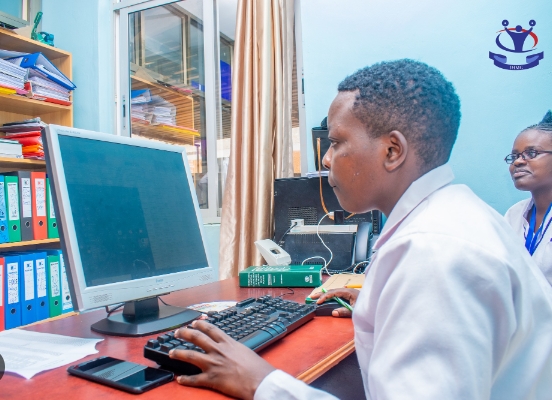Health Records and Information Technology: Changing the Face of Patient Care
Health records and information technology (IT) have completely transformed the way healthcare is delivered to patients. From electronic health records (EHRs) to telemedicine and patient portals, these advancements are revolutionizing patient care in ways never seen before.
Enhanced Communication and Coordination
One of the biggest benefits of health records and IT in patient care is the enhanced communication and coordination between healthcare providers. With EHRs, all providers involved in a patient’s care can access the same information, leading to more efficient and effective decision-making.
Improved Patient Safety
Health records and IT have also greatly improved patient safety. With EHRs, healthcare providers can quickly access a patient’s medical history, medications, and allergies, reducing the risk of errors and adverse drug reactions. Additionally, tools like barcode medication administration help ensure patients receive the correct medications at the right dose and time.
Remote Monitoring and Telemedicine
The rise of telemedicine and remote monitoring has allowed patients to receive care from the comfort of their own homes. Through virtual appointments and wearable devices that track vital signs, patients can stay connected to their healthcare providers without the need for in-person visits, particularly important during times like the COVID-19 pandemic.
Patient Empowerment
Health records and IT also empower patients to take control of their own health. Patient portals allow individuals to access their medical records, schedule appointments, and communicate with their healthcare providers. This increased transparency and access to information enable patients to be more active participants in their care.
Efficiency and Cost Savings
Health records and IT have led to increased efficiency in healthcare delivery, saving time and resources for both providers and patients. Electronic prescribing, digital imaging, and automated appointment reminders are just a few examples of how technology streamlines processes and reduces costs in healthcare.
In conclusion, health records and information technology are revolutionizing patient care by improving communication, enhancing safety, enabling remote monitoring, empowering patients, and increasing efficiency and cost savings. As technology continues to advance, the possibilities for transforming healthcare are endless, ultimately leading to better outcomes for patients everywhere.

